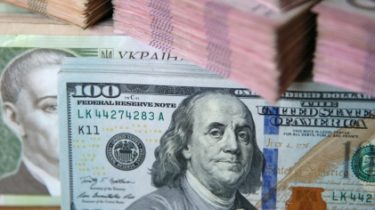Ukraine’s economy and the dollar will rise, inflation will fall, the IMF will give loan to forecast S&P

Ukraine’s economy and the dollar will rise, inflation will fall, the IMF will give loan to forecast S&P
© Reuters
Over the next two years the dollar has cost $ 27.2 hryvnia.
By the end of 2016 Ukraine’s economy will grow by 1%, inflation falls to 14%, the average annual dollar rate will amount to 25.6 UAH.
Such forecasts announced by the international rating agencies S&P Global Ratings, writes UNIAN.
Further, the Agency predicts an improvement in macroeconomic situation in Ukraine and to consolidate the economic growth rate of 2.3% and 2.9% until 2019, while reducing inflation to 9.5% and 7% until 2019. The dollar to 2019 will cost 27,2 UAH.
Read also: raising the minimum wage twice will force PE to pay higher taxes
Help for the Ukrainian economy will be the receipt of the fourth tranche from the IMF that can occur in the first half of 2017, predicts S&P.
“Since the beginning of last year, the IMF listed more than 7.6 billion dollars in a four-year extended Fund in the amount of 17.5 billion dollars. Our ratings reflect the assumption that the government will continue the implementation of the conditions of the IMF program and maintain relationships with partners. The next tranche of the IMF, as well as related funding from external donors is likely to go in the first half of 2017,” – said the Agency.
Recall, the average official exchange rate of the dollar in Ukraine for 11 months of this year is 25,49 hryvnia. In the state budget for 2016 laid the dollar 24,1 UAH, and at the end of the year, 24, 4 hrn. In the draft budget for 2017 laid down the dollar to 27.2 UAH.
The national Bank forecasts that by the end of 2016, inflation is expected to be 12%. But raising the minimum wage in two times – up to 3,2 thousand UAH – from 1 January 2017 will add to the rate of inflation next year is 1%. NBU predicts that inflation by the end of 2016 will amount to about 12%, in 2017 – 8% (plus/minus 2%), 2018 – 6% (plus/minus 2%).